Rebuilding better meeting spaces
The cementing of hybrid working offers an opportunity to rethink and redesign the ways in which we collaborate
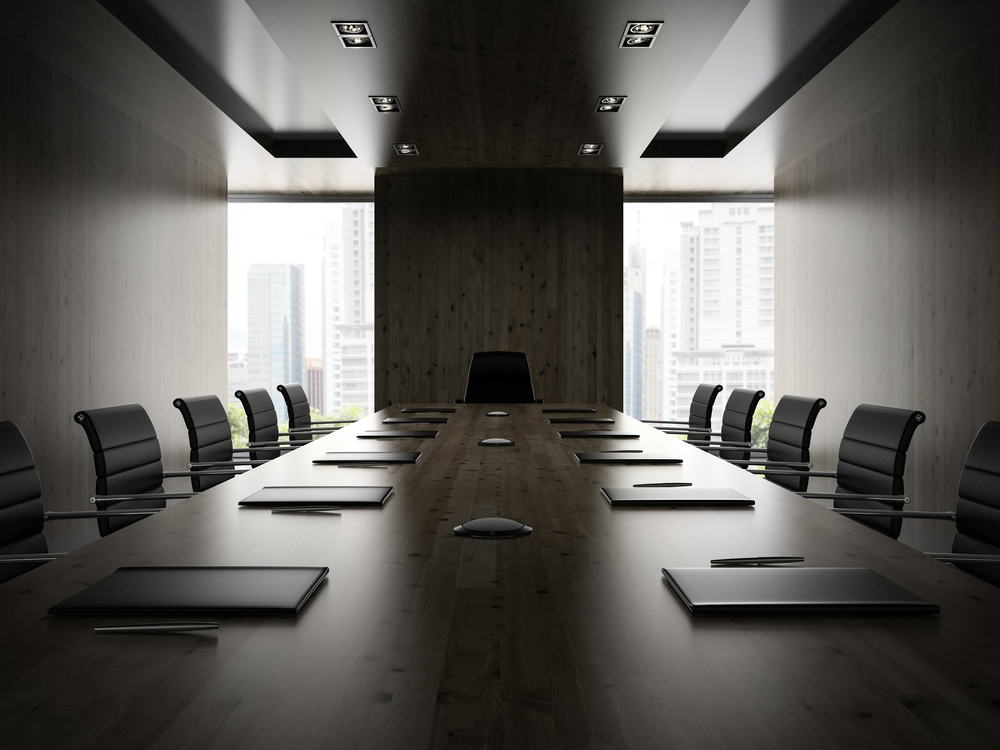

The last two years have drastically transformed the way we collaborate with colleagues, clients and stakeholders, for a time reducing the many meetings to video conferencing calls without the option of in-person communication. Some of us will not have set foot in a meeting room since early 2020, but as the working world returns to some semblance of normality, that is beginning to change.
However, the return to our physical meeting spaces does not herald a full-blown resumption of our former practices. The way we work has changed, and our expectations and requirements surrounding collaboration have been drastically altered too. Our meeting spaces will need modernising to ensure that we are properly reaping the benefits of the new world of hybrid working. This poses various challenges, and the way we rebuild and redesign these spaces to meet them will have a great impact on how effective and equitable channel partner business collaborations will be going forward.
The opportunities of hybrid
It’s true that pre-pandemic meeting spaces often included audio- and video-conferencing technologies, which would allow collaboration with people in other office buildings or working from home. However, the quality and user-friendliness of this technology was not always prioritised.
By adopting the right audio and video tools, we can enable real communication, exchange and discussion wherever meeting attendees are based. The new approach to designing meeting rooms must explicitly avoid the accidental creation of hierarchies where those in the office take priority, and instead ensure that remote workers feel heard and involved in all discussions. If we enshrine these ideas in our approach to meeting-space design, we can boost participation, productivity and cohesion among teams and unlock the full value of a dispersed workforce and leverage talent from a far broader pool. Ultimately, a more collaborative and democratic environment will positively impact everyone in the workforce.
The right technology – and the processes in place to use it properly – are key to giving remote workers equal inclusion in the conversation. Having a phone placed in the middle of a huge meeting room table or a distant camera perched in the corner is no longer going to cut it. Instead, we need to adopt high-quality tools and devices that are user-friendly and scalable, to minimise technological issues and downtime and to make this inclusion as frictionless and reliable as possible.
To achieve a meeting space fit for everyone, the priorities of how we design them need to change from the ground up. Decisions based on aesthetics and the comfort of those physically present need to be balanced with an awareness of acoustics and the positioning of technology so that remote attendees can see and be seen, hear and be heard. Bearing these concerns in mind, we are in the position to take full advantage of the benefits of the hybrid working model.
A meeting room fit for everyone
What is clear is that we need to completely reassess how we approach the design of meeting spaces and our common understanding of who they are for. By thinking of them as a blend of physical and virtual spaces, we can begin to reassess the fundamental needs these spaces should meet.
Meeting room design has often leaned towards making spaces as large and open as possible – especially board rooms where the most high-level meetings are likely to take place – with a trend for sleek, flat surfaces that unintentionally serve to reflect and echo sound and make it very difficult for microphones to pick them up effectively. Sound baffles can be used to prevent this, but a reduction in reverberations and echoes can equally be achieved by installing curtains and other soft furnishings that absorb rather than reflect sound.
As we internalise the importance of the meeting room design that serves in-person and remote participants equally, many of these good acoustic choices are likely to become more natural to providers and clients, and a standard part of the design of any of these spaces.
Technology naturally has a major part to play in designing effective meeting spaces. Audio manufacturers offer a variety of microphones that are suited to different spaces depending on their size and layout. For instance, Shure’s Stem Ecosystem features a range of different devices, such as the Stem Table unit. One of these placed in the middle of the table is ideally suited for smaller spaces, while several can be networked together in a larger room. The ceiling-mounted Stem Ceiling microphone is another option for a larger space, with 100 built-in microphones allowing it to pick up audio over a wide footprint. These can be paired with Stem Speakers to create a united system that allows everyone to be heard properly whether they are physically present or dialling in.
Software like Shure’s RoomAdapt can help further by automatically adjusting levels to make sure that everyone can be heard clearly, as well as filtering out unwanted background noise.
The choice and positioning of cameras is also important to ensure that remote attendees can see who is speaking and any important materials being shared in the meeting. Purpose-built cameras may come with various features like intelligent zoom functions, so it’s worth considering which of these are necessary or essential for the space you're designing.
A modern meeting space needs to serve the needs of all attendees, physical and virtual, and there is no one-size-fits-all solution. But with the many tools available, it is possible – and essential – to design a setup that keeps everyone connected.
To learn more, download Channel Pro and Shure’s report Building back better: Optimising meeting spaces in the new working world
Stay up to date with the latest Channel industry news and analysis with our twice-weekly newsletter
Dan is a freelance writer and regular contributor to ChannelPro, covering the latest news stories across the IT, technology, and channel landscapes. Topics regularly cover cloud technologies, cyber security, software and operating system guides, and the latest mergers and acquisitions.
A journalism graduate from Leeds Beckett University, he combines a passion for the written word with a keen interest in the latest technology and its influence in an increasingly connected world.
He started writing for ChannelPro back in 2016, focusing on a mixture of news and technology guides, before becoming a regular contributor to ITPro. Elsewhere, he has previously written news and features across a range of other topics, including sport, music, and general news.
-
 Trump's AI executive order could leave US in a 'regulatory vacuum'
Trump's AI executive order could leave US in a 'regulatory vacuum'News Citing a "patchwork of 50 different regulatory regimes" and "ideological bias", President Trump wants rules to be set at a federal level
-
 TPUs: Google's home advantage
TPUs: Google's home advantageITPro Podcast How does TPU v7 stack up against Nvidia's latest chips – and can Google scale AI using only its own supply?
-
 New Microsoft Teams features for business users
New Microsoft Teams features for business usersIn-depth All the latest Microsoft Teams features after the platform is given a redesign, complete with an AI-powered assistant and a faster engine
-
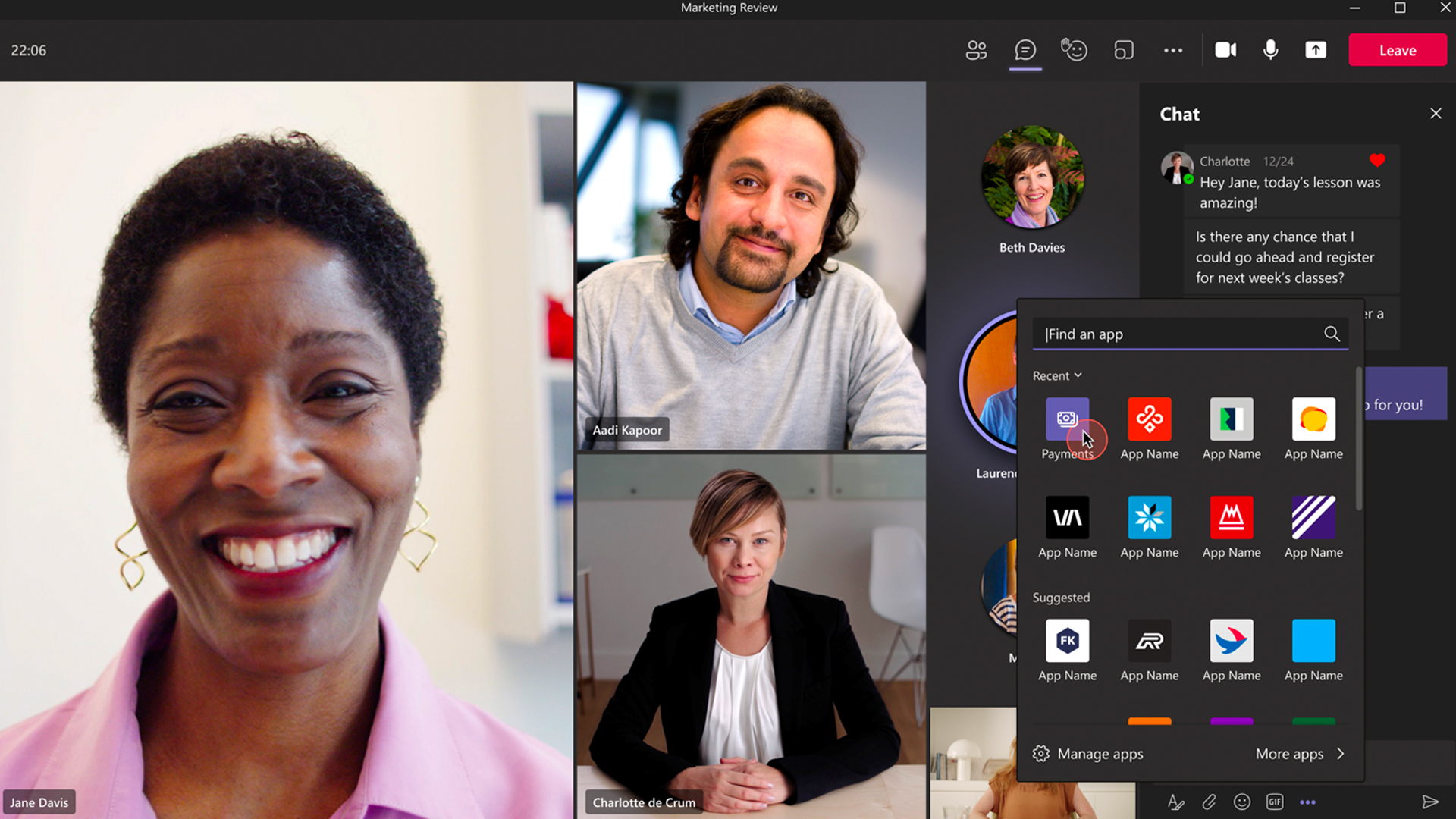 Microsoft Teams now allows SMBs to collect payments in meetings
Microsoft Teams now allows SMBs to collect payments in meetingsNews With the help of PayPal, Stripe, and GoDaddy, the Microsoft Teams Payments app offers in-meeting payment requests
-
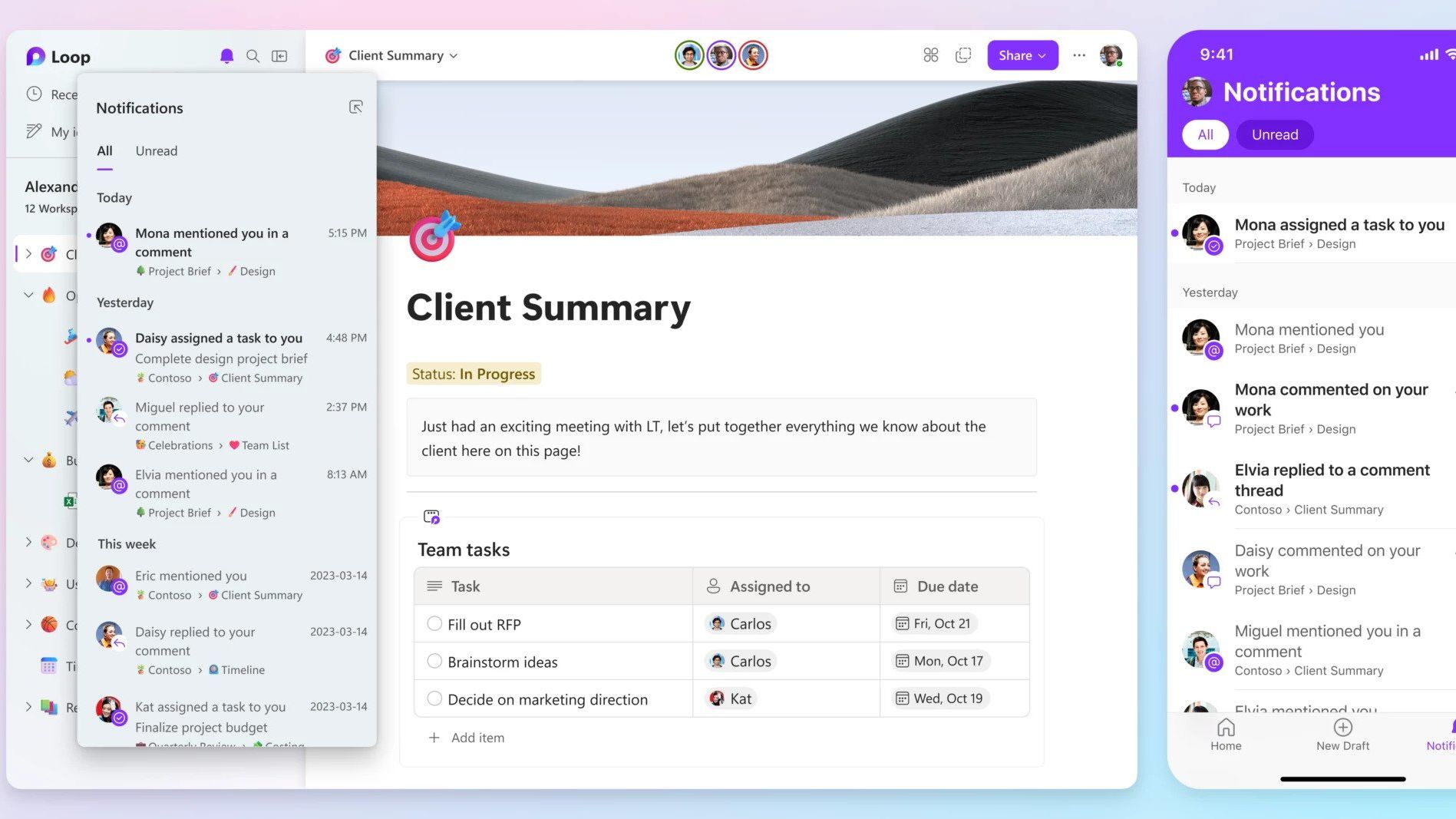 Microsoft launches collaboration platform Loop, its answer to Notion
Microsoft launches collaboration platform Loop, its answer to NotionNews Greater collaboration tools are coming to the Microsoft 365 suite, aiming to help teams work together without having to jump between different apps
-
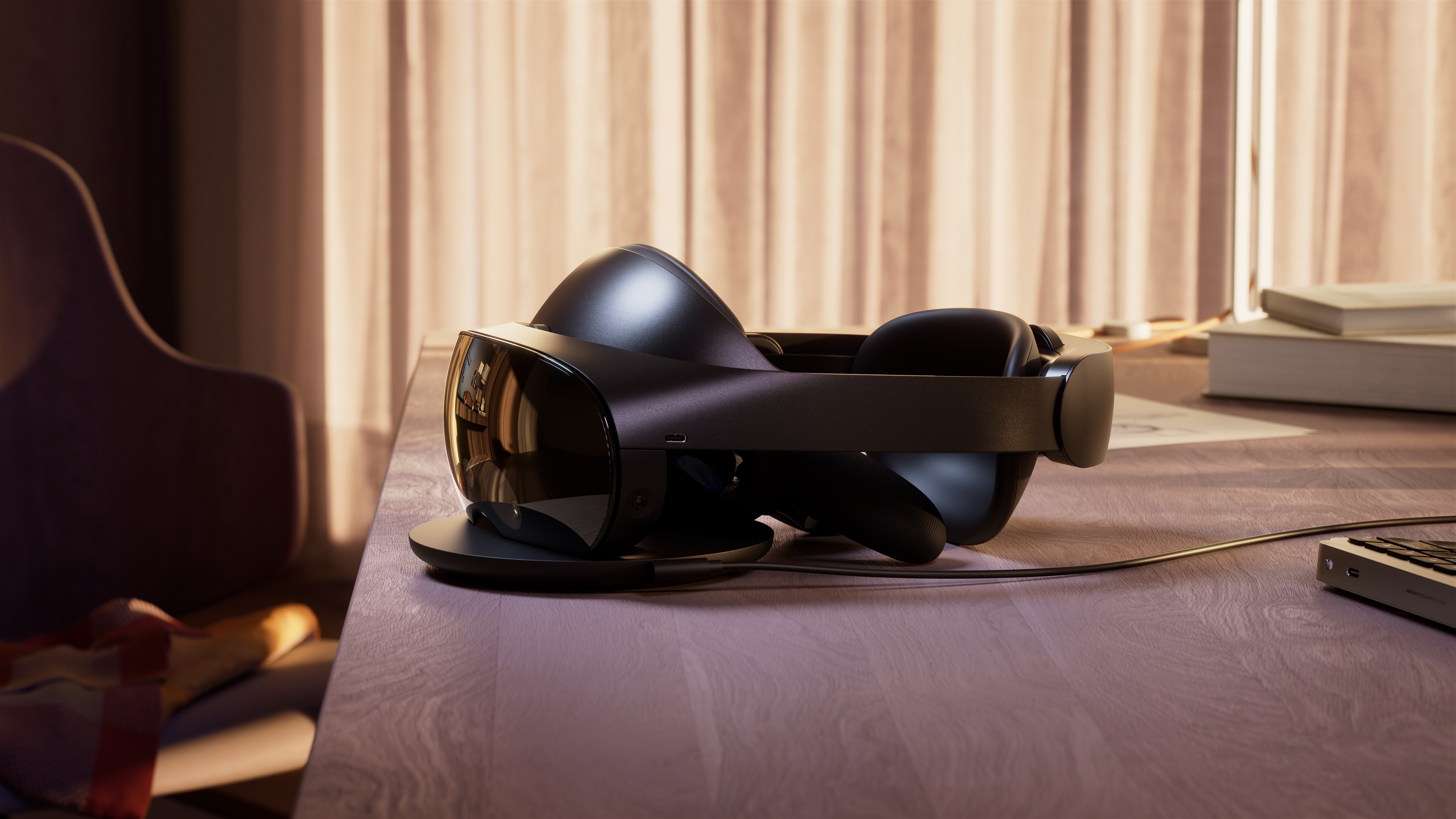 Meta Quest Pro preview: Meet Meta's 'laptop killer'
Meta Quest Pro preview: Meet Meta's 'laptop killer'Opinion We go hands-on with the Meta Quest Pro, as the firm banks on turning hardware preferences upside down
-
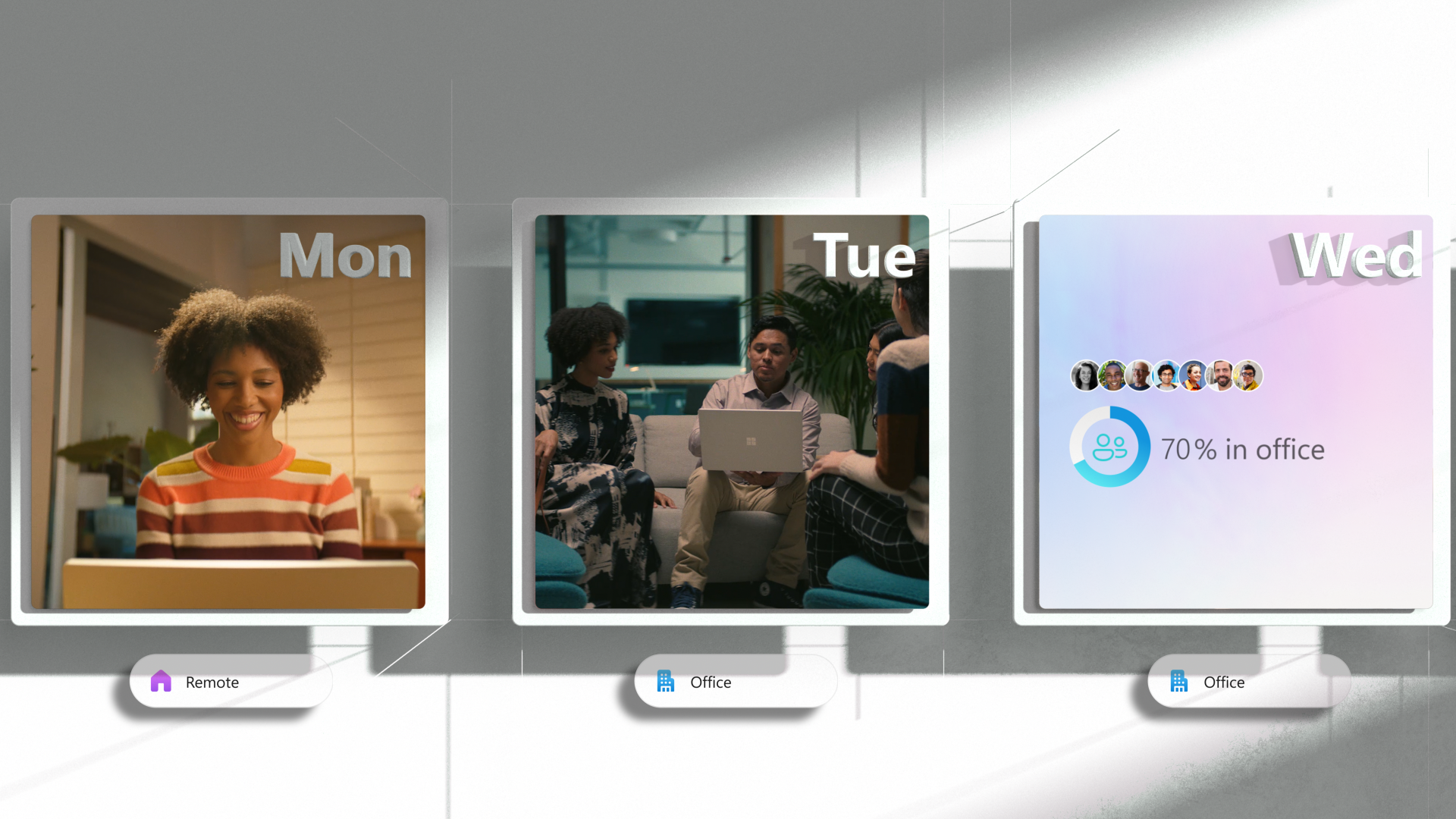 Microsoft launches Places, includes GPS-style navigation to help find meeting rooms
Microsoft launches Places, includes GPS-style navigation to help find meeting roomsNews The new app built specifically for organisations adopting a permanent hybrid work model brings new features to manage people and the workplace itself
-
 The IT Pro Podcast: Enabling bilingual business
The IT Pro Podcast: Enabling bilingual businessIT Pro Podcast How Wales is using digital tech to deliver a greater choice of languages
-
 Podcast transcript: Enabling bilingual business
Podcast transcript: Enabling bilingual businessIT Pro Podcast Read the full transcript for this episode of the IT Pro Podcast
-
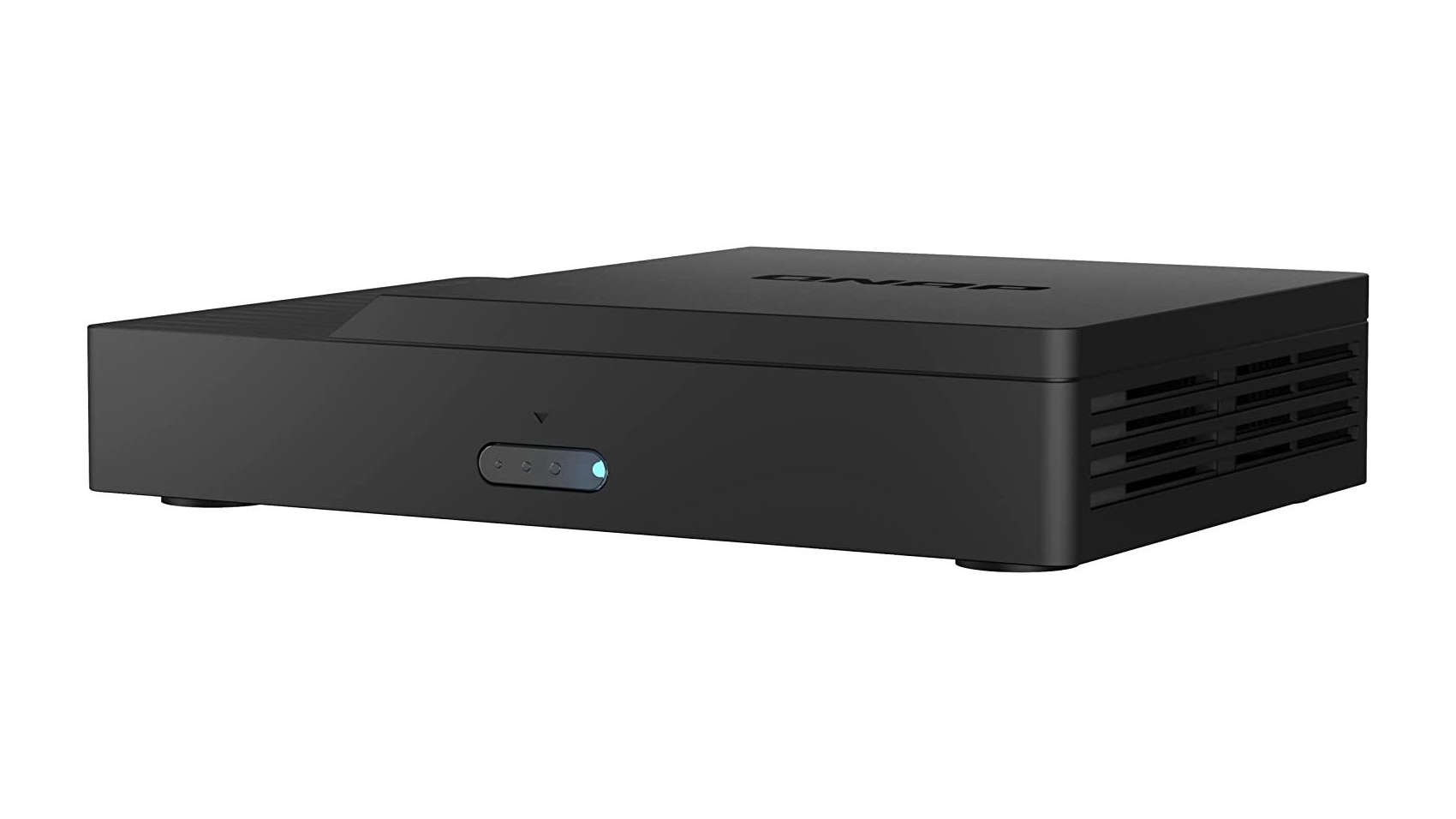
 Qnap KoiBox-100W review: An intriguing alternative
Qnap KoiBox-100W review: An intriguing alternativeReviews A versatile and affordable videoconferencing solution with great wireless screen presentation features
